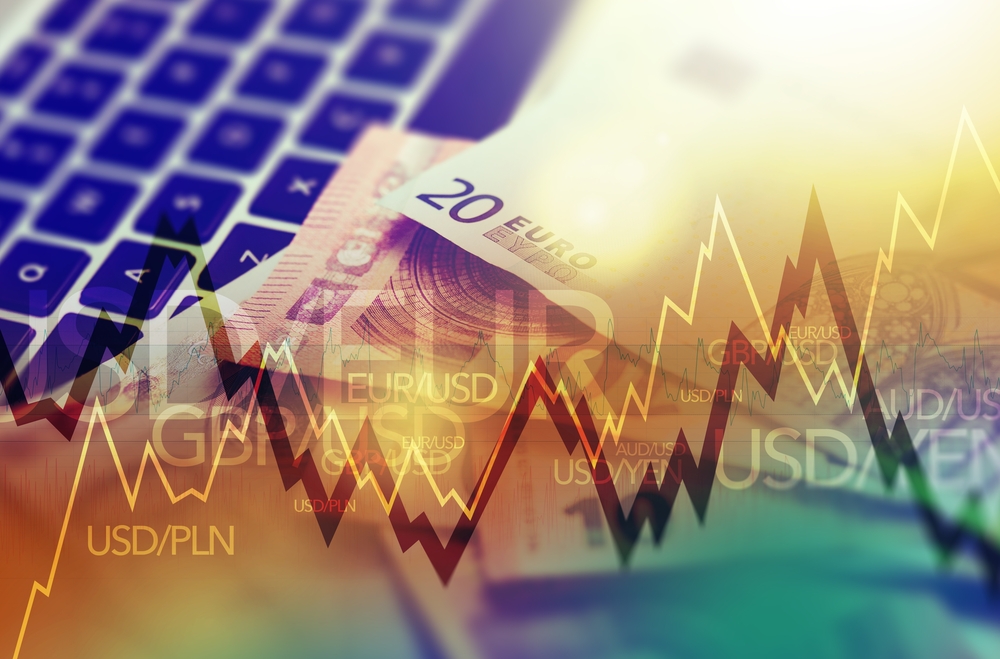This will be another rocky year for Malaysia’s currency, at least according to BMI Research as reported by Bloomberg. The ringgit is currently hovering at 4.50 per US dollar which is the highest it has been against the dollar since January of 2016. Based on its research, BMI has expects the ringgit to average 4.50 per USD this 2017 year and to improve to 4.40 in 2018. It also notes that the ringgit has not posted an annual gain in four years. Historically, the ringgit reached a record-high of 4.71 during the Asian financial crisis in January of 1998 and an all time low of 2.10 nearly 40 years ago in 1978.
MYR against USD from 1976 to present
Source: tradingeconomics.com
According to BMI, one of the reasons for the continued decline of the ringgit is the downward pressure that remains on China’s yuan. China is Malaysia’s largest export partner and the weakened yuan has adversely affected Malaysia’s export-heavy economy, leaving it exposed to further negative impact.
Another reason for the weakening ringgit is the possible narrowing on real interest-rate differentials between the US and Malaysia and further weakness in the global bond market. There’s also a risk of the ringgit being under greater pressure during Donald Trump’s presidency, which could lead to reduced international trade.
However, there are some factors that should limit the gloomy outlook for the ringgit. BMI does think that the ringgit can make up some of the losses in the long term thanks to rising commodities prices like oil, which makes up a major portion of the country’s revenue.
MYR against the USD from 2016 to 2017
Source: tradingeconomics.com
"ExpatGo welcomes and encourages comments, input, and divergent opinions. However, we kindly request that you use suitable language in your comments, and refrain from any sort of personal attack, hate speech, or disparaging rhetoric. Comments not in line with this are subject to removal from the site. "



















